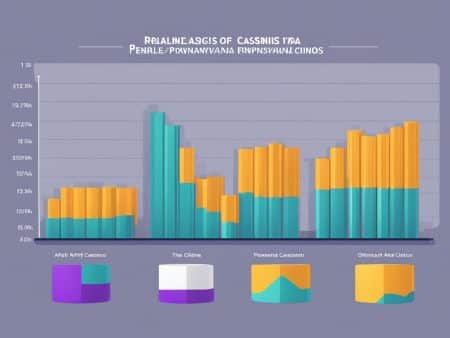The eye-watering $500 million cost of each license has gaming operators competing fiercely to secure New York’s new casino permits. This massive development will reshape the scene of state gambling more than any change in recent decades.
Major players in the gaming world have their attention drawn to downstate casino licenses. They have submitted multiple proposals for prime spots in New York City and nearby areas. These licenses will alter the map of regional entertainment and tourism. The state expects to generate substantial tax revenue and create numerous jobs. The selection of NYC casino operators has become one of the most watched developments in American gaming, as companies compete in what could be one of the world’s most profitable markets.
Timeline and Legislative Developments
New York state’s casino licensing story in the downstate region started in 2022 with the state budget that created a new process to place three licenses. The Governor appointed the Gaming Facility Location Board (GFLB) to manage the licensing process instead of the New York State Gaming Commission.
The licensing process has these key requirements:
- Minimum license fee of $500 million
- Minimum capital expenditure of $500 million for facility construction
- Community Advisory Committee approval
- Completion of environmental reviews
- Required zoning compliance
The industry players first predicted application submissions by summer 2024. But the Gaming Commission extended the timeline and moved the application deadline to June 27, 2025. Senator Joseph Addabbo’s bill S9673A tried to accelerate the process with an August 2024 deadline. Governor Hochul did not act on the legislation, which managed to keep the longer timeline.
Final licensing decisions should come by December 31, 2025, and casino operations will likely start after 2026. This longer timeline gives room to complete environmental reviews and solve the complex land-use challenges that many applicants face.
Economic Impact Analysis
New York’s casino expansion paints a complex economic picture that varies from region to region. The MGM Empire City project shows the massive scale of what’s possible in the downstate region with its $2.1 billion investment.
The downstate casino licenses promise substantial economic benefits:
- 35,000 union construction jobs will be created
- 5,000 permanent positions will be added
- Workers without degrees can earn $39 to $41 per hour
- Upfront revenue could reach $1.5 billion
Looking at New York’s existing casinos from 2017 to 2022 tells an interesting but mixed story. Local governments received $176 million in tax revenue from gaming facilities, though the benefits weren’t spread equally. Small towns got the better end of the deal. Their gaming revenue made up 30-65% of their total income, which helped them cut property taxes by a lot.
The picture looks different for bigger cities. Schenectady’s casino revenue only added 1-3% to its total budget. Recent studies show that urban areas see early gains in jobs and income from casinos, but these benefits tend to fade over time. The pandemic made things even more challenging. Changes in regulations cut local tax collections by $41.9 million in 2022, with local governments missing out on $8.4 million of that money.
Competitive Landscape
A fierce battle has erupted among gaming industry giants as eleven major proposals compete for downstate New York casino licenses. The major contenders have lined up their bids:
- Caesars Entertainment partnering with SL Green for Times Square
- MGM Resorts expanding Empire City in Yonkers
- Wynn Resorts with Related Companies at Hudson Yards
- Bally’s Corporation targeting Trump Golf Links
- Las Vegas Sands pursuing Nassau Coliseum site
Resorts World New York City in Queens and Empire City in Yonkers stand out as frontrunners. Their existing operations and political backing give them an edge. Resorts World NYC has proven its worth by becoming America’s top-performing non-tribal casino outside Las Vegas.
Proposals now span four of NYC’s five boroughs and stretch into Yonkers. Each project faces different levels of community support and regulatory challenges. Success depends on winning approval from a six-member Community Advisory Committee, which makes local political support vital. New York’s gaming industry shows strong potential for new operators. The state generated $4.7 billion in gaming revenue during 2023, with $700 million from video lotteries and $850 million from sports wagering.
Conclusion
New York’s downstate casino licensing has emerged as a game-changer in American gaming. The state demands a $500 million license fee, which draws serious players and guarantees significant revenue. The numbers look promising – 40,000 new jobs and billions in potential investments. Yet past casino projects show mixed results in different areas.
The state will take its time until 2025 to evaluate eleven competing proposals. Each location offers something special. Current players like Resorts World NYC and Empire City already have strong roots here. Big names such as Caesars, Wynn, and Las Vegas Sands bring fresh ideas and deep pockets to the table.
This shift in New York’s gaming scene shows how the state’s gambling rules are evolving. Success won’t just be about gaming money – it’s also about creating jobs, boosting tourism, and building better communities. The way these licenses play out will guide gaming policies and economic plans in other big cities for years ahead.









